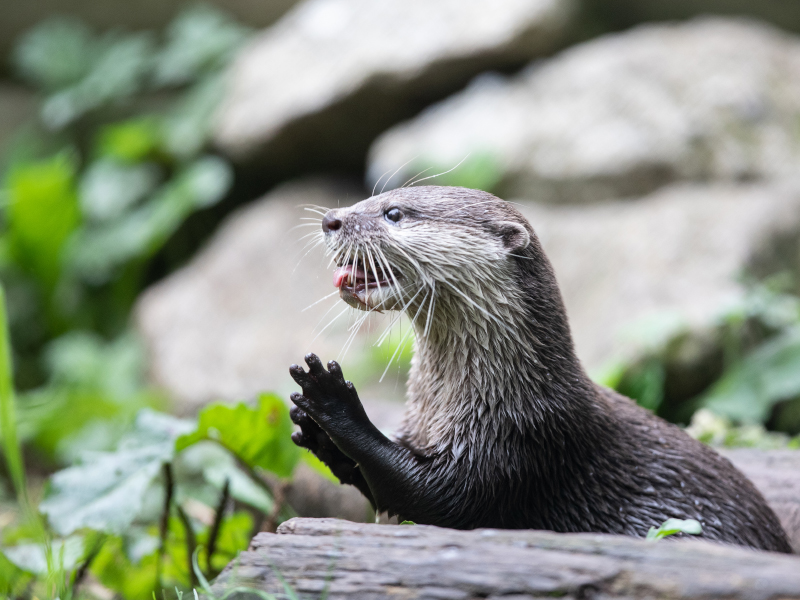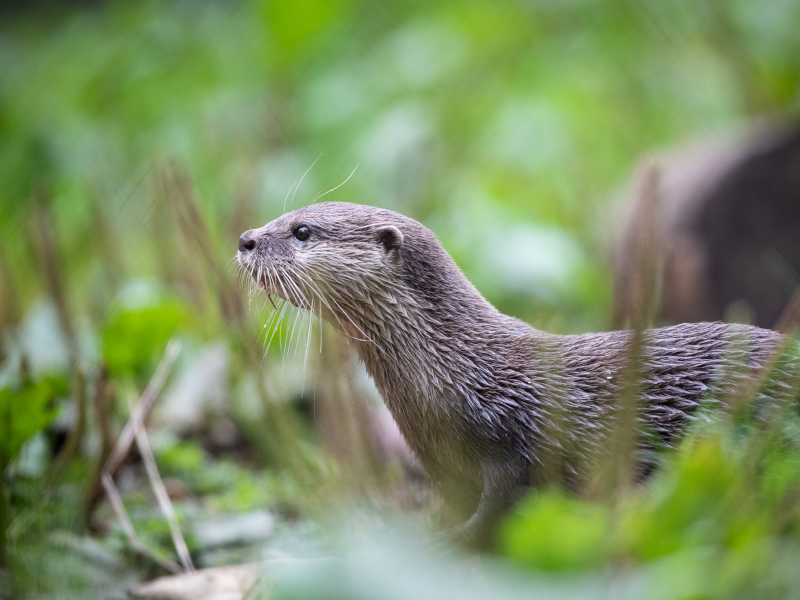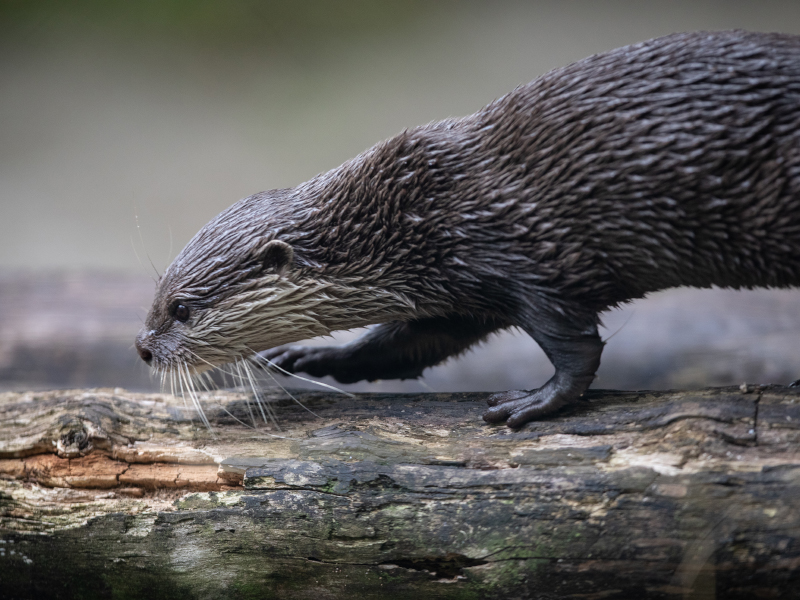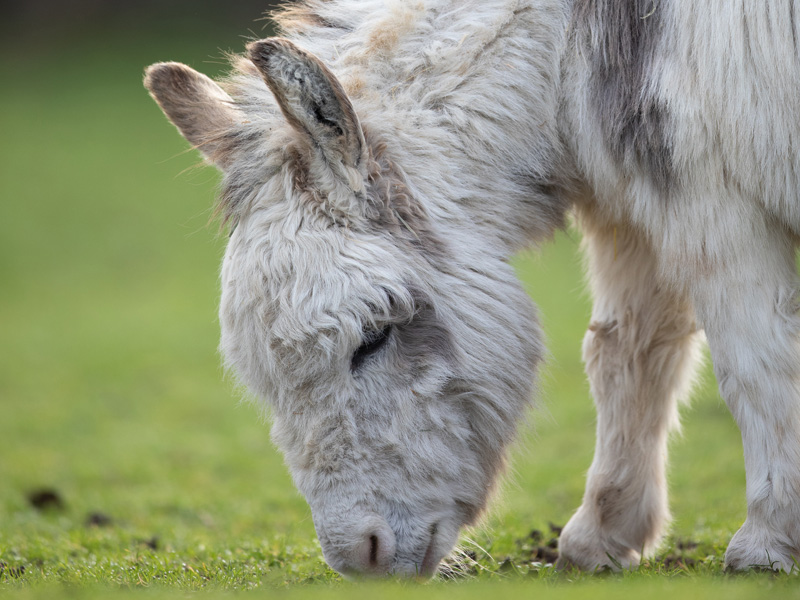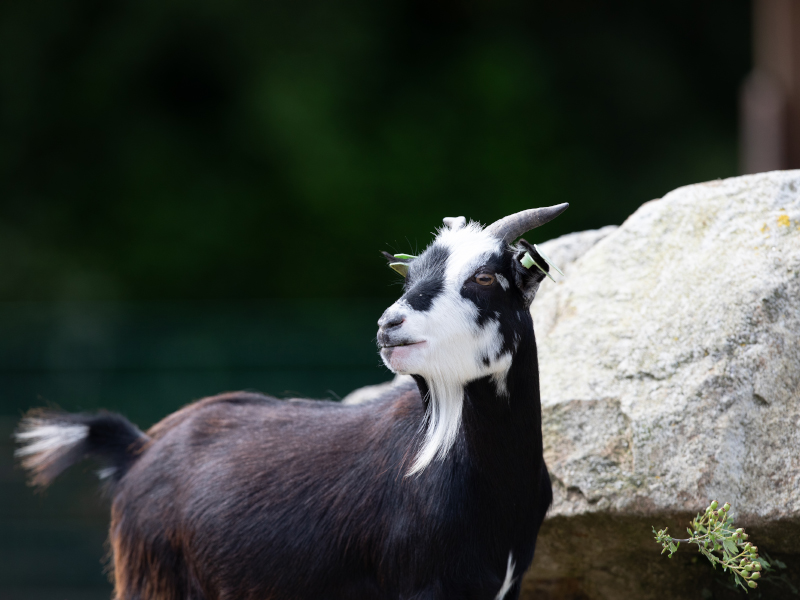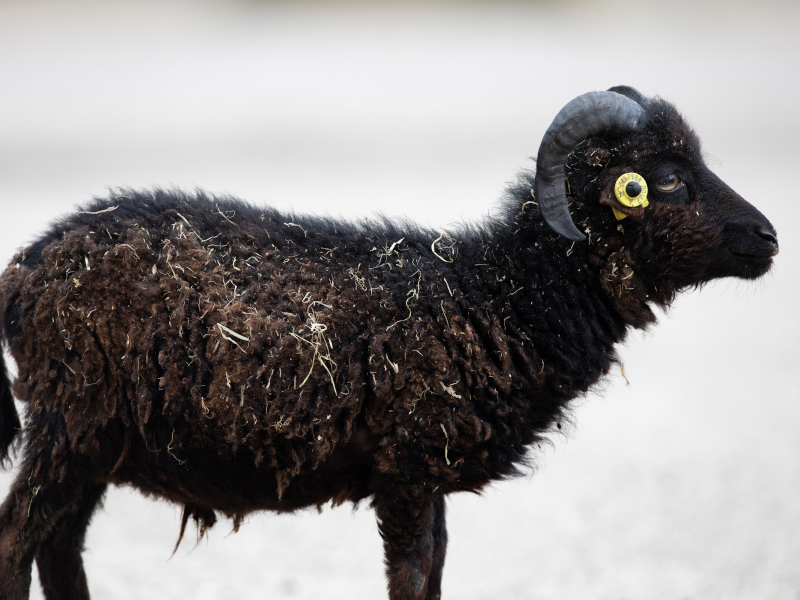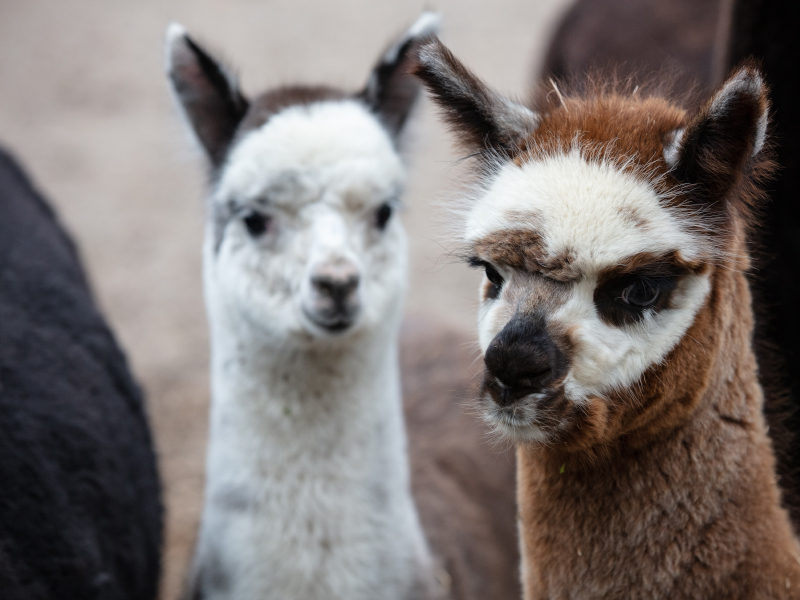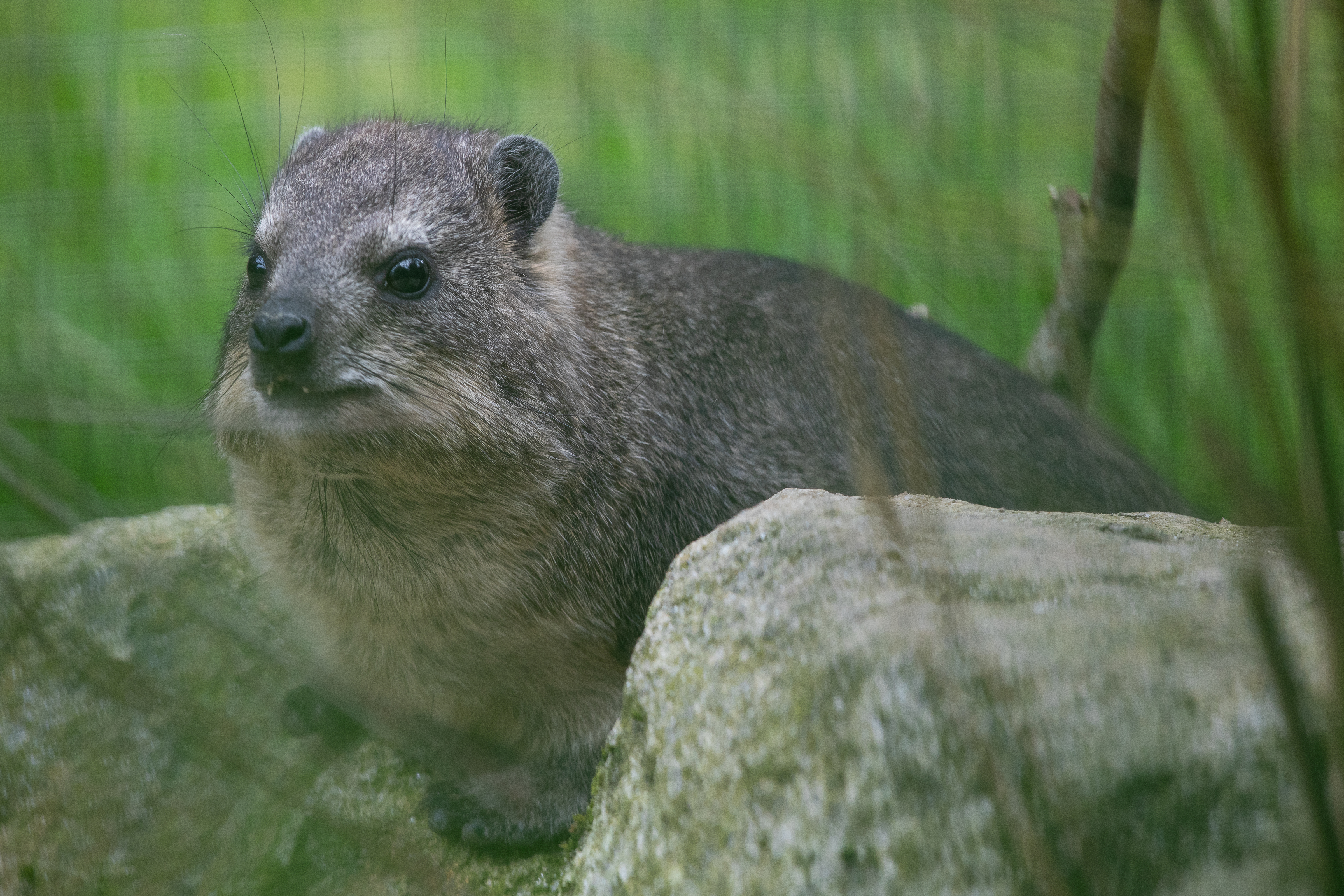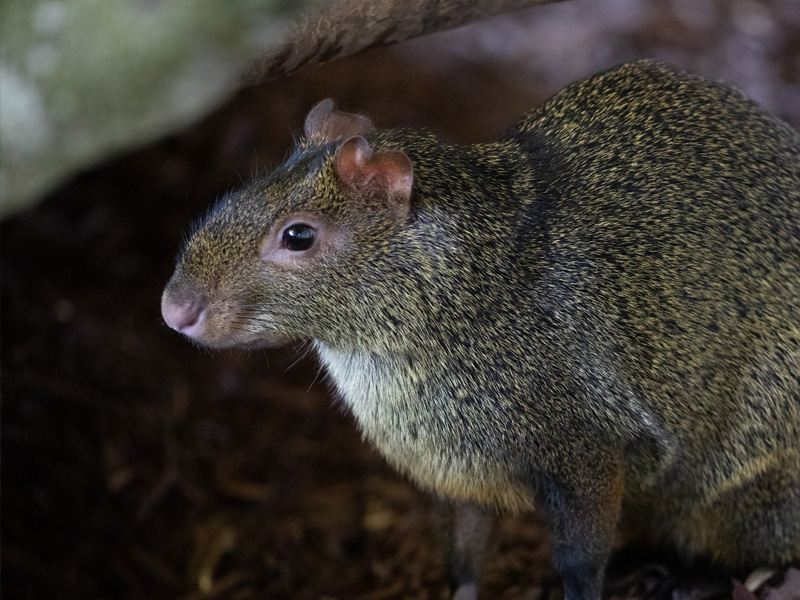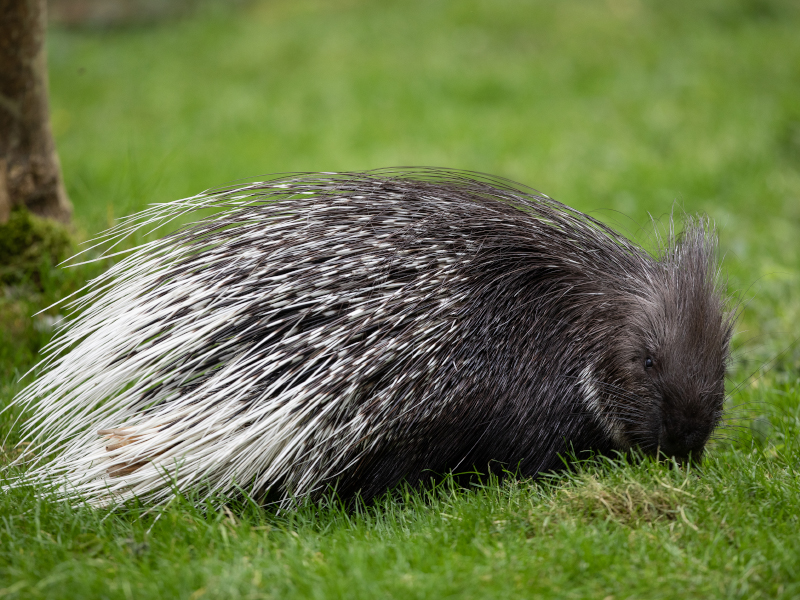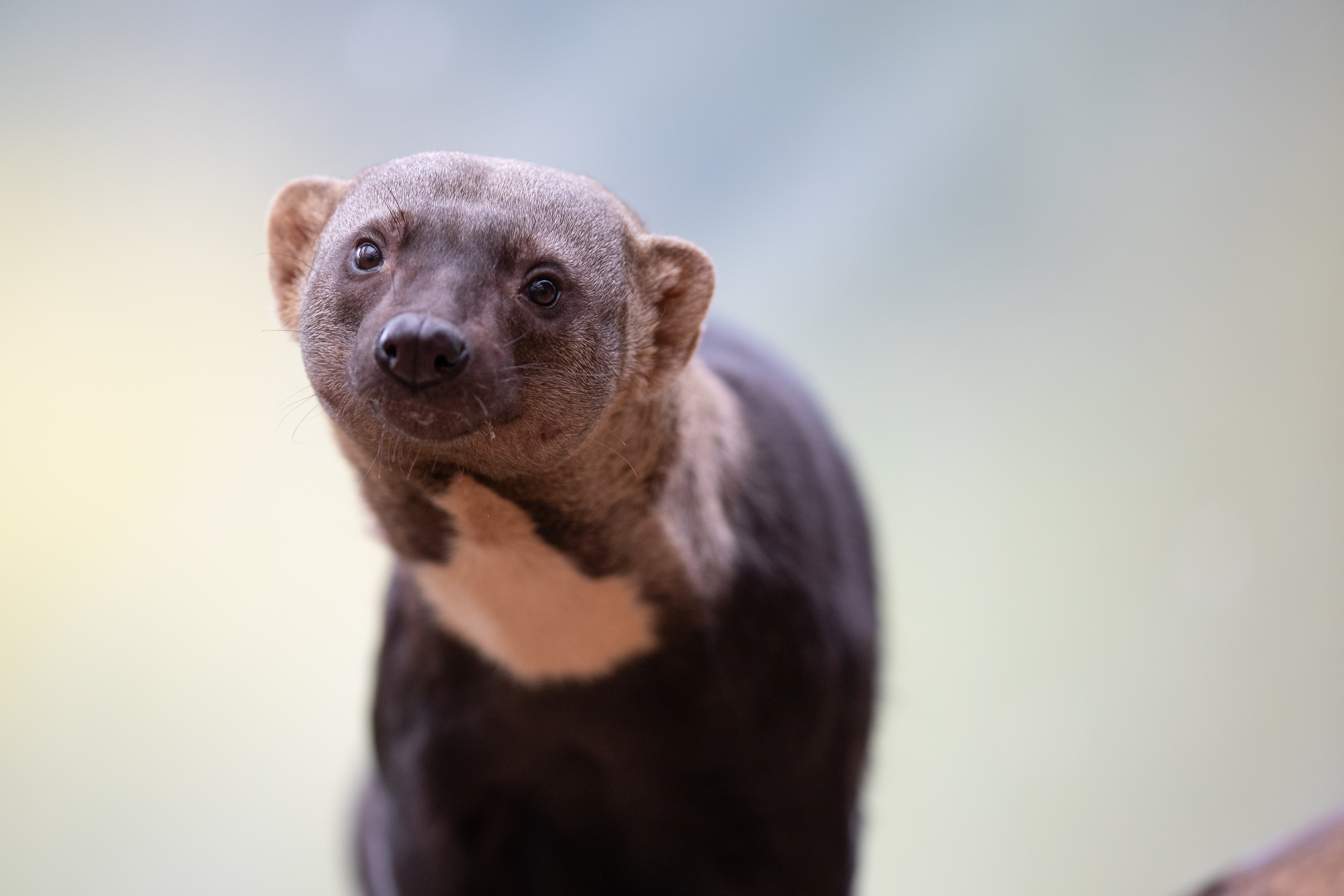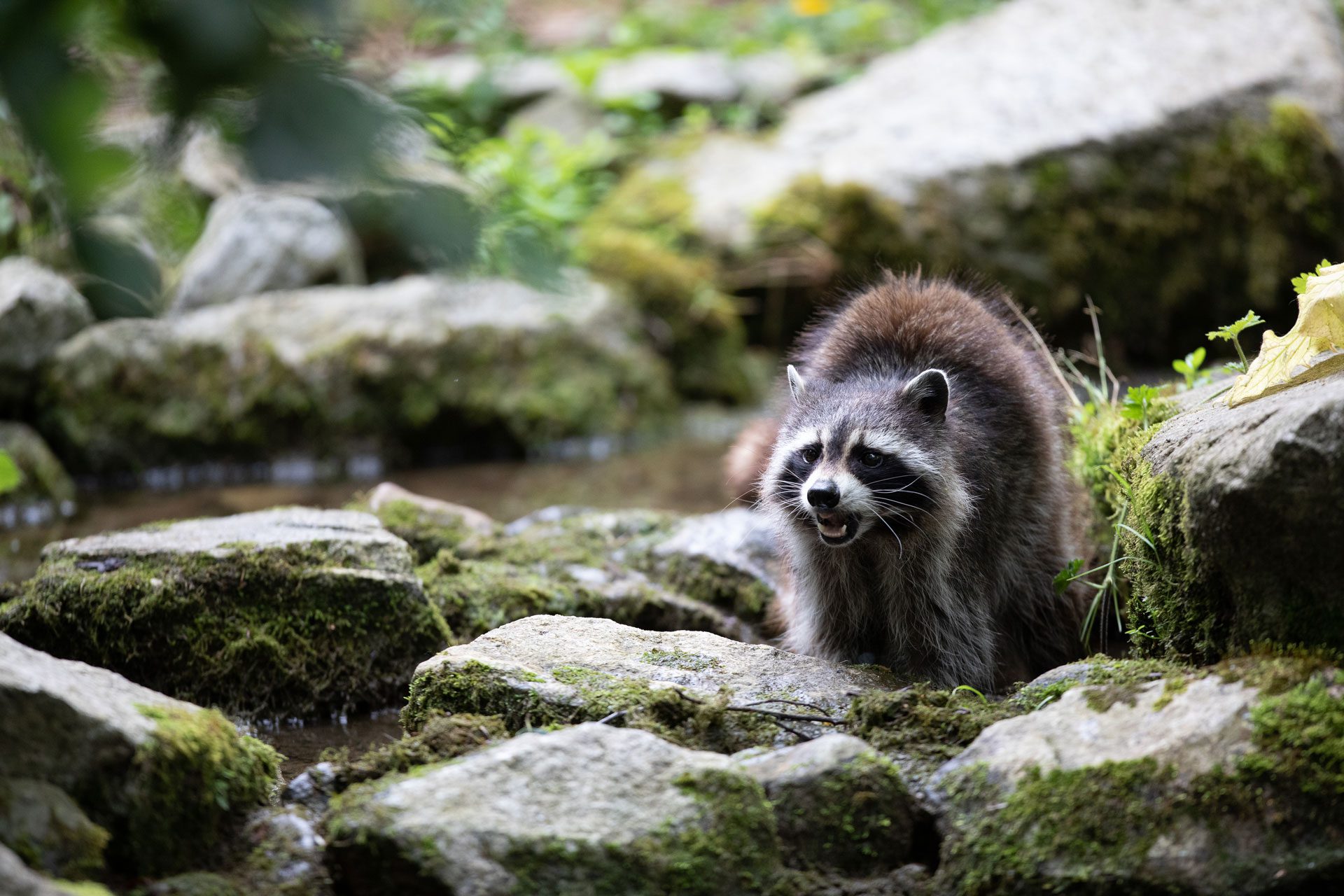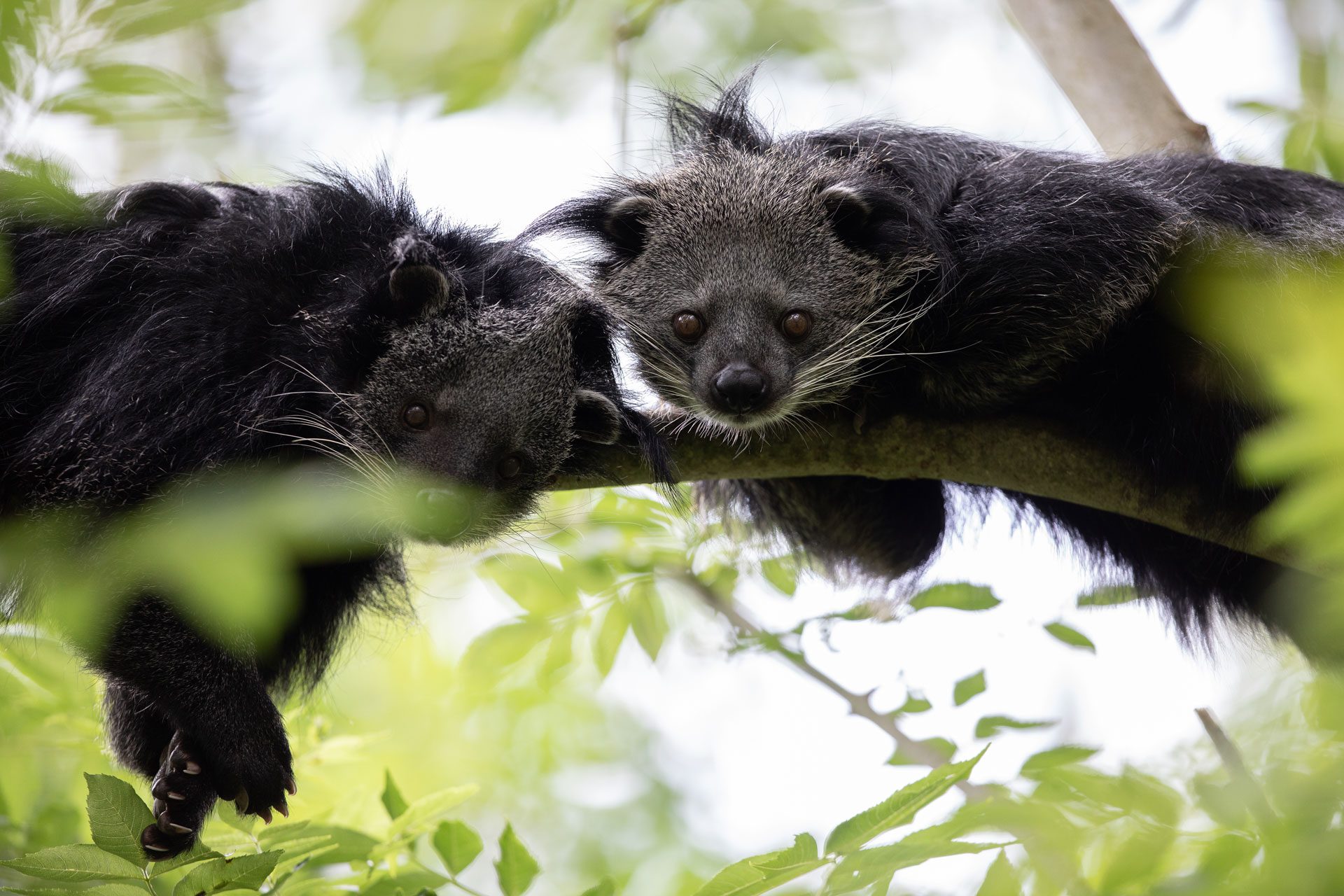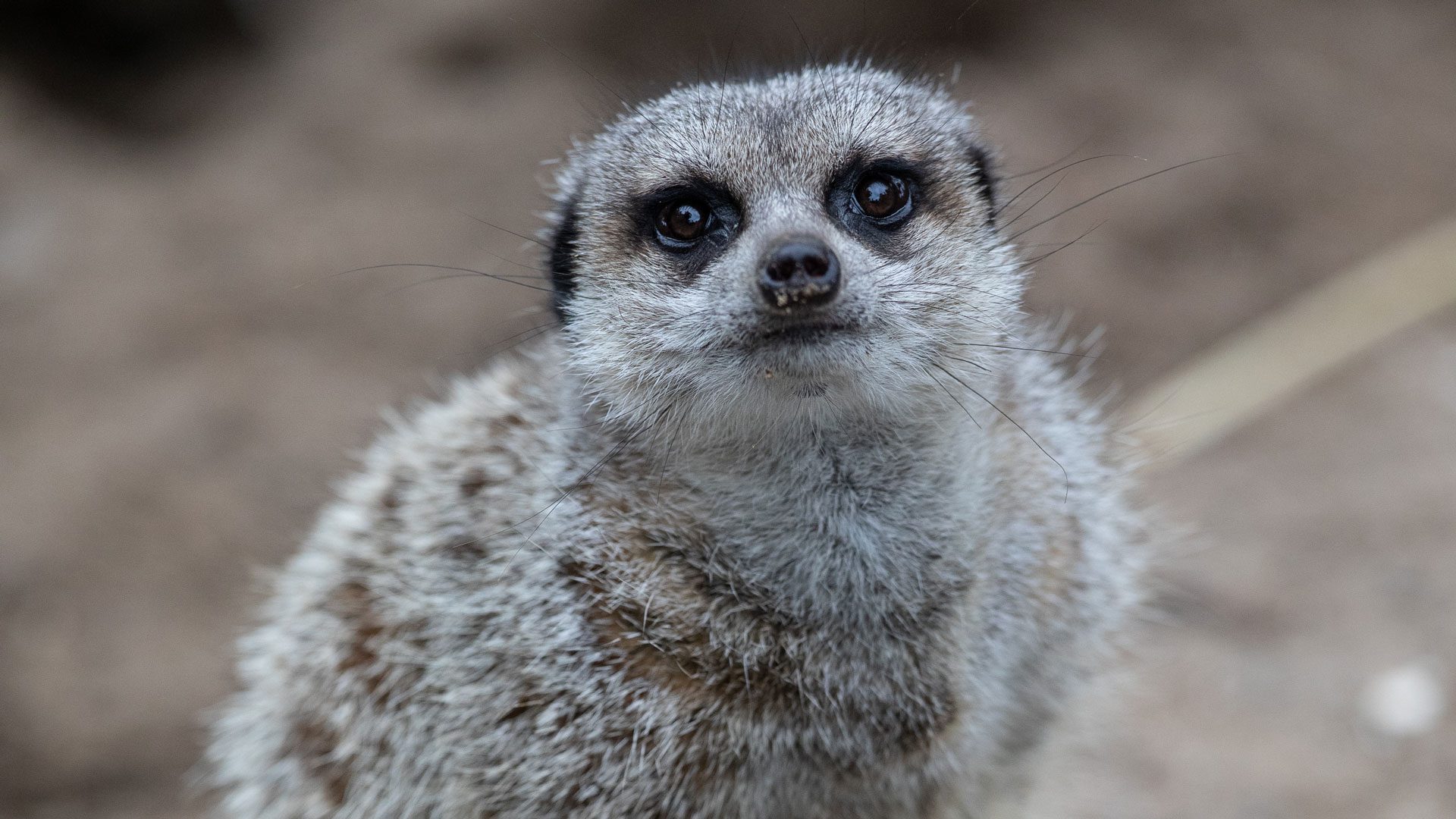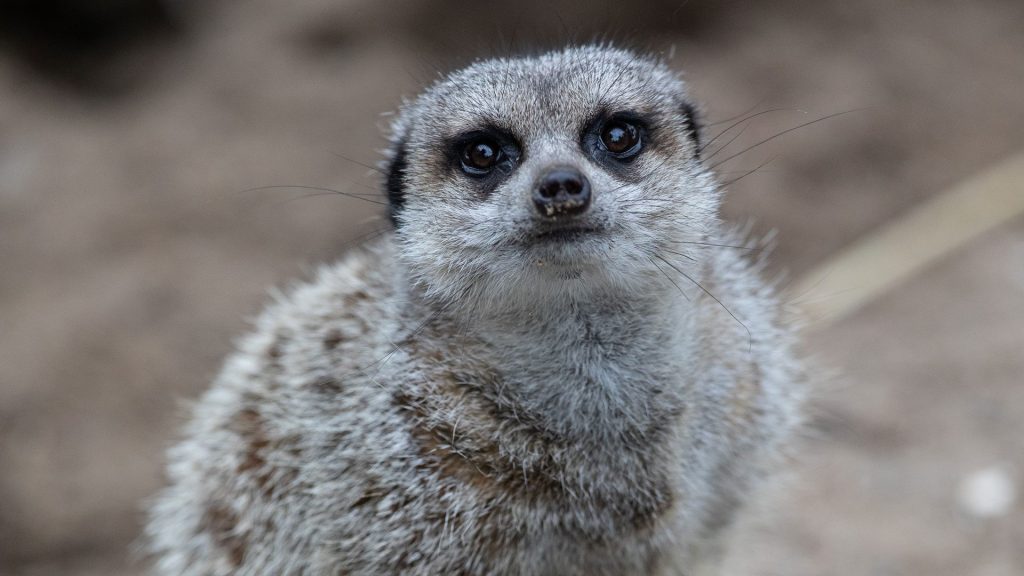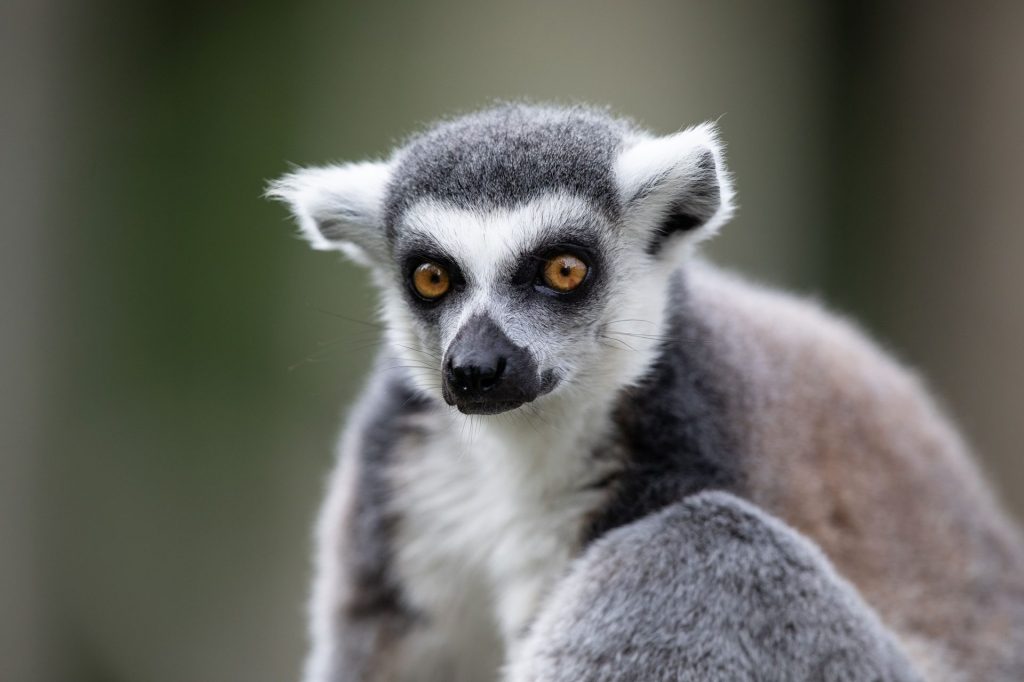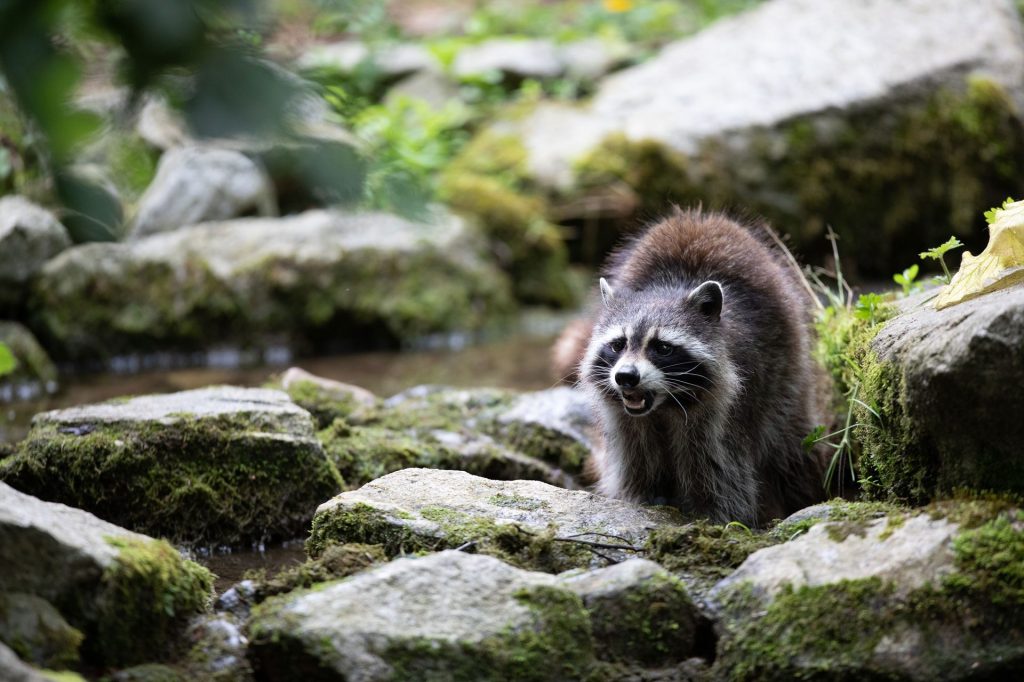Asian small-clawed otters have brown fur on top and are pale grey underneath with a layer of guard fur over a fine undercoat to keep them warm when in water.
The webbing on their paws is incomplete and their claws do not go past the fingertips. This allows for greater dexterity, moving rocks and branches while searching for their food, where other species catch prey with their mouths. They are semi-aquatic animals with a strong tail used to power them through water while swimming.
Asian small-clawed otters live in social groups, with their extended family, that can consist of up to 20 individuals. They are very social animals that can often be seeing playing in the water an on-mud banks. They are very vocal, having 12 vocalisations recognised.

Popular Searches
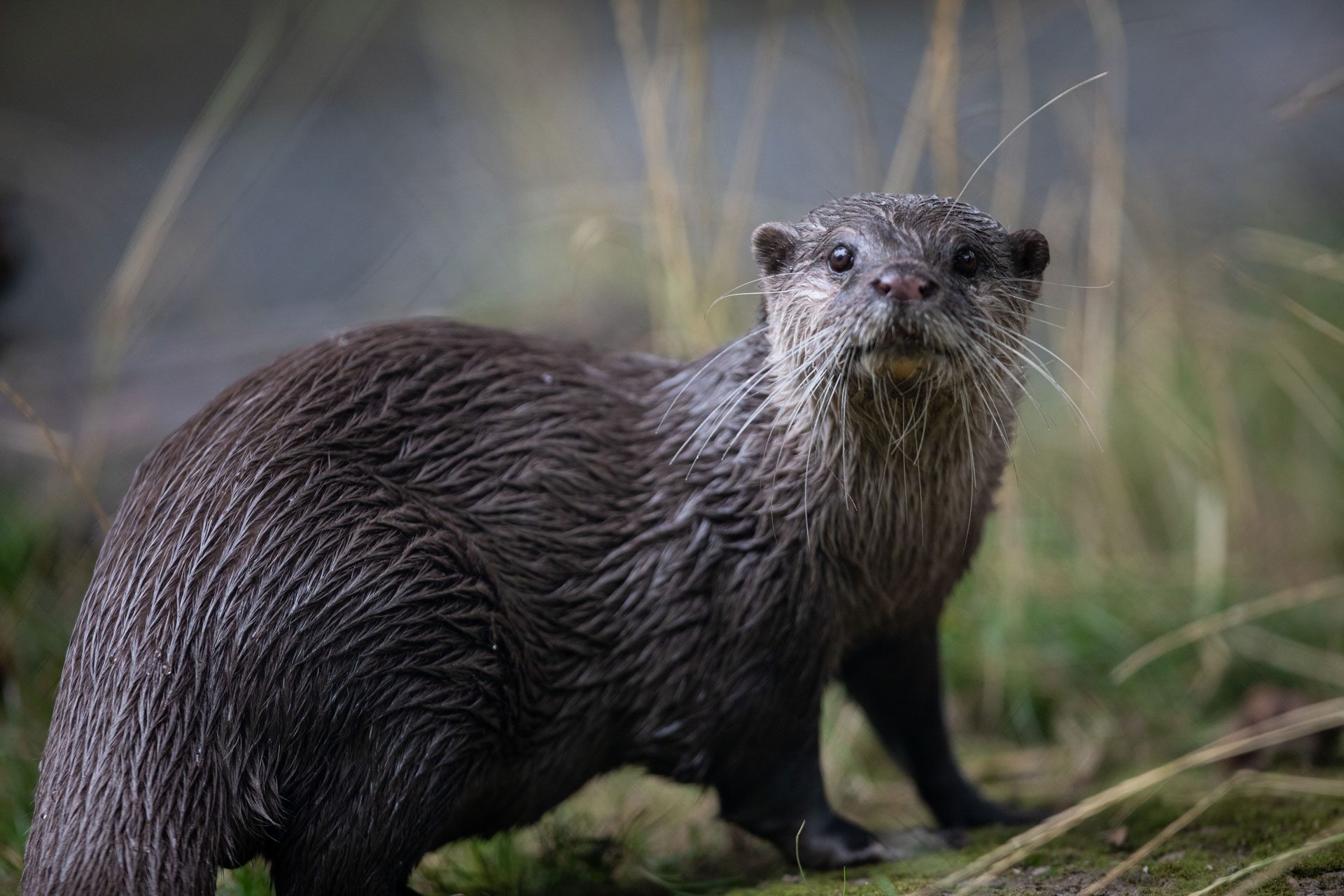
Asian small-clawed otter
-
Introduction
-
Conservation
Asian small-clawed otters are classed as vulnerable.
Their main threat is the loss of habitat, resulting from the draining of mangroves and peat swamp forests for agriculture and urbanization. Loss of prey species is also causing a decline in their species.
Poaching for their pelt as well as illegal pet trade are other threats facing this species.
Emerald Park conservation contribution:
EEP
Asian small-clawed otters are part of the EAZA Ex-situ Programme (EEP). This which means that their population is managed to ensure that there are heathy populations within EAZA member zoos and should there be the requirement of reintroductions, to the wild, in the future. -
Habitat
They have a very large range, extending from India to South Asia to the Philippines, Taiwan, and southern China.
They can be found in a lot of habitats including mangroves, swamps, and meandering rivers. They have been known to live in man made habitats such as paddy fields and dams. -
Fun Facts
Asian small-clawed otters are sensitive to water pollution and so their presence will indicate whether a particular habitat is polluted or not.
They consume lots of crabs, which are considered an agricultural pest and so can be beneficial to farmers.
Small-clawed otters are monogamous (mate for life) and both parents raise the offspring. Gestation lasts up to 64 days after which a litter of 1-2 young are born. Litters can reach up to 6 young in some instances. During this time the males will feed the females which are nursing their young. The young are fully weaned by 14 weeks. Asian small-clawed otters can produce 2 litters per year.



